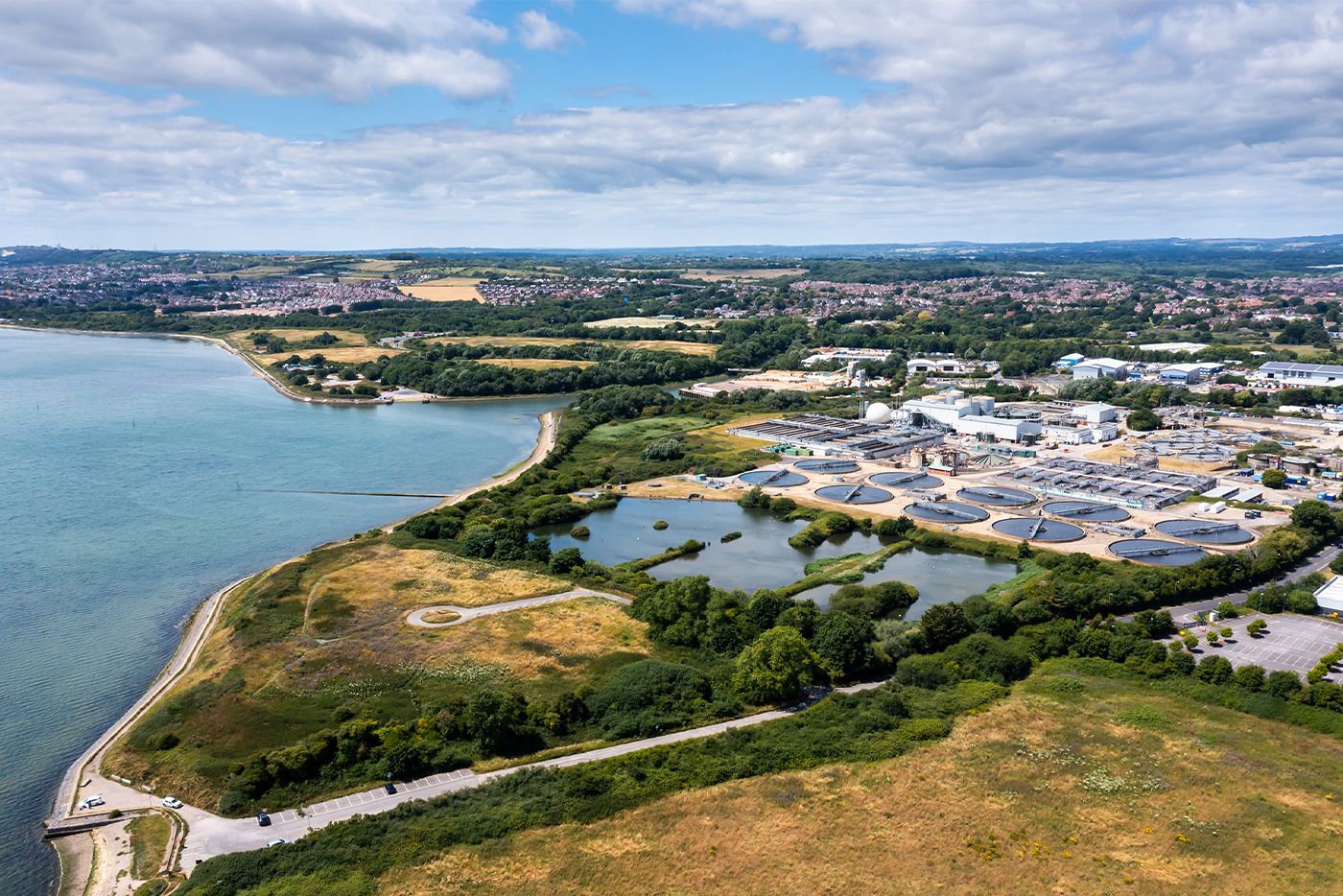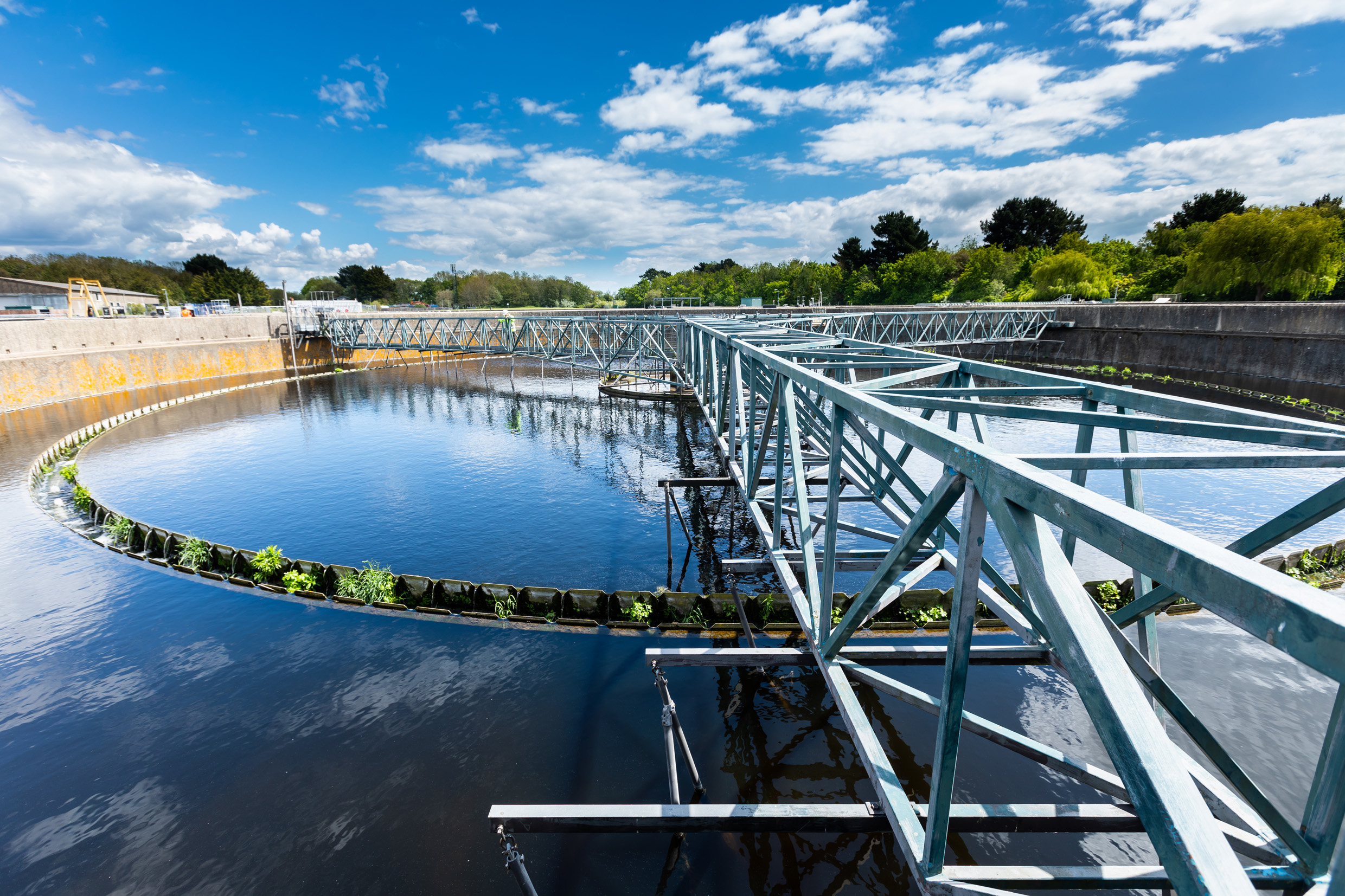Plumbing systems must be designed, installed and maintained to meet the regulations’ requirements.
This means that all plumbing materials and fittings must be of a suitable standard. Although it isn't illegal to sell unsuitable fittings and appliances, it would be illegal to install them.
Approved water fittings
The company has to ensure that any water fitting (which, when installed, will carry or receive water from the public mains water supply in the UK) complies with Regulation 4. The company also needs to ensure that it is installed in a way that complies with the Water Supply (Water Fittings) Regulations. In this way, it's important that all plumbing systems need to meet water regulations.
These regulations state that a water fitting should be of an appropriate quality and standard and not be able to cause waste, misuse, undue consumption or contamination of the water supply.
Water Regulations Officers will inspect installations, identify risks and enforce compliant plumbing systems by verifying that:
- Fittings are of sufficient quality and standard, for example, by:
- Bearing an appropriate CE marking in accordance with the directive.
- Conforming to an appropriate harmonised standard or European technical approval.
- Conforming to an appropriate British standard. For example, by bearing the UKCA Mark (UK Conformity Assessed) or some other national specification of an EEA State which provides an equivalent level of protection and performance.
- Conforming to a specification approved by the Regulator.
- Be suitable for the circumstances. In which they are:
- Fitted, connected, altered, repaired or disconnected in a workmanlike manner.
- Installed and used in accordance with an appropriate British standard, European technical approval or some other national specification of an EEA State, which provides an equivalent level of protection and performance.
- Installed to a specification approved by the regulator or to a method of installation approved by the water undertaker.
Water Regulations Officers will consider all water fittings. However, ensuring plumbing systems meet the water requirements is difficult without specialist equipment, as testing the suitability of products, materials and fittings in the field is almost impossible without it. Officers will instead conduct visual inspections of water fittings and systems. They will conduct reasonable enquiries and rely upon their experience and knowledge of the water regulations to either accept or reject installations.
There are a number of water fittings approval companies that test and certify water fittings. Water Undertakers accept these certifications as proof of compliance with Regulation 4. Current known approvers are KIWA, NSF, and WRAS.
Installation
Plumbing must be properly installed and maintained to:
- Protect water quality
- Ensure safety
- Allow ease of access for maintenance
- Allow detection of leakage
- Give protection against damage or freezing, etc.
An approved contractor will guarantee compliant plumbing systems.
The Regulations do not apply to existing water fittings. Any plumbing system or water fitting lawfully installed under the Water Supply Bylaws before the Regulations came into force on 1 July 1999 can continue to be used.
Prevention of backflow
In some circumstances, water or water-using appliances use fluids or materials which could contaminate the water supply. As such, there must be adequate protection to prevent backflow into other parts of the system.
The Regulations specify five Fluid Risk Categories describing types of contaminants. They also specify the appropriate type of prevention device needed to guard against the backflow of contaminated water.




